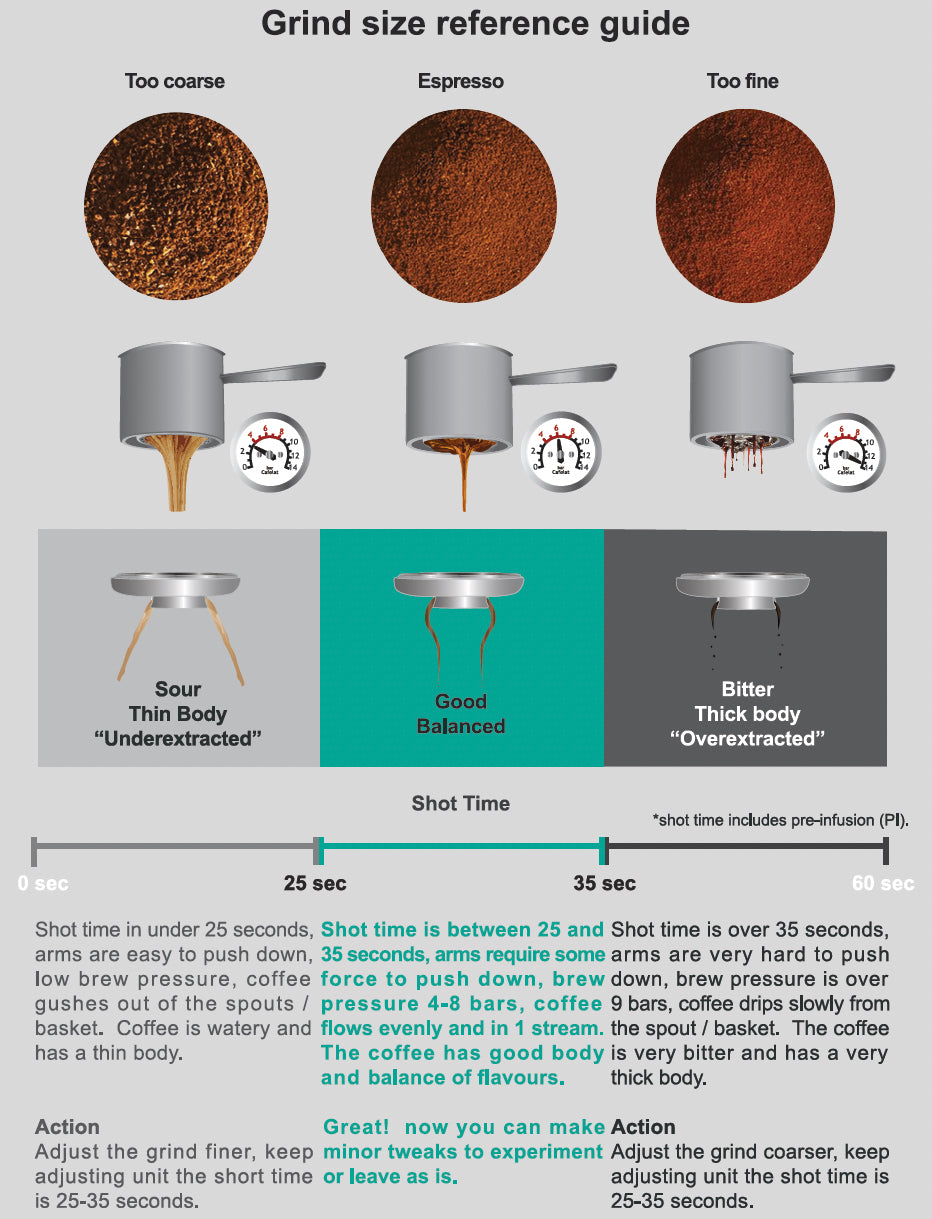For home baristas, mastering espresso extraction timing can transform your coffee game. Perfecting the balance between timing, grind size, and flow rate is the cornerstone of a delightful espresso experience. When I started making espresso at home, I faced challenges in achieving this harmony, but understanding the basics made it an incredibly rewarding journey. Dive into the features and performance in our DeLonghi Magnifica Evo review
The Importance of Timing in Espresso Extraction
Timing is crucial in espresso extraction as it directly affects the flavors extracted from the coffee grounds. Shots pulled too quickly result in under-extraction, which tastes sour and lacks complexity. On the other hand, overly long extraction leads to bitterness and an undesirable aftertaste. Striking the right timing is key to achieving a balanced shot. Learn why this classic model stands out in our DeLonghi Magnifica S review

Methods to Time Espresso Extraction
Baristas use two main methods to time espresso extraction: starting the timer at the machine's pump cycle or waiting until the first drip appears. Personally, I prefer starting the timer the moment I press the espresso button. This approach accounts for the pre-infusion phase, yielding more consistent results. Discover the convenience and technology in our Philips LatteGo 5400 review
Determining the Optimal Extraction Time
A well-balanced espresso shot typically falls within the 25 to 35-second range. After experimenting, I’ve found that 30 seconds is often the sweet spot for a rich, full-bodied shot. Shots under 25 seconds tend to taste sour and weak, indicating under-extraction, while those over 35 seconds risk bitterness due to over-extraction. Explore the compact design and features in our Philips 3200 LatteGo review
Using Grind Size to Control Timing
Grind size is a major factor in espresso timing. A finer grind slows the extraction, while a coarser grind speeds it up. If your shot extracts too quickly (less than 25 seconds), the grind may be too coarse. Conversely, if it takes over 35 seconds, the grind is likely too fine. Through experimentation, I’ve pinpointed the ideal grind setting for my espresso machine, leading to consistently better shots. Get all the details on versatility and functionality in our Philips 4300 LatteGo review
Flavor as the Ultimate Guide
Although timing is vital, flavor should always take precedence. A well-extracted shot balances sweetness, acidity, and body. Sourness or lack of depth suggests under-extraction, requiring adjustments to the grind size or brew ratio. A bitter, dry shot indicates over-extraction, necessitating a coarser grind or shorter extraction time.
Common Espresso Extraction Problems and Solutions
Here are some common challenges and their fixes:
- Under-extraction: If the shot pulls in under 25 seconds and tastes sour, the grind is too coarse. Opt for a finer grind and try again.
- Over-extraction: If the shot takes more than 35 seconds and tastes bitter, the grind is too fine. Adjust to a coarser grind to balance flavors.
Understanding the Role of Pre-Infusion
Pre-infusion can significantly impact total extraction time. Many espresso machines offer a pre-infusion feature, which wets the coffee grounds before applying full pressure. This helps ensure even extraction. If your machine lacks this function, you can mimic it by briefly starting and stopping the pump manually.
Adjusting Brew Ratios for Flavor Precision
The brew ratio, or the ratio of coffee grounds to espresso liquid, is another key element in achieving balanced flavors. A standard starting point is a 1:2 ratio (e.g., 18 grams of coffee yielding 36 grams of espresso). Experiment with ratios to enhance flavor profiles:
- Lighter roasts: Use a lower brew ratio (e.g., 1:2.5) or a longer extraction to highlight bright, fruity notes.
- Darker roasts: Stick with the standard 1:2 ratio to reduce bitterness and retain a rich body.
The Value of Sensory Evaluation
Tasting and assessing your espresso is the most critical part of the process. While timing provides a framework, flavor is the true measure of success. I’ve had shots that were perfectly timed but tasted off due to inconsistencies in grind size or brew ratio. Fine-tuning these elements has greatly improved the consistency of my espresso shots.
Conclusion: Your Journey to Espresso Excellence
Perfecting espresso extraction demands practice, precision, and an appreciation for the process. By honing factors like timing, grind size, and flavor evaluation, you’ll soon pull café-quality shots at home. Embrace the learning curve, experiment fearlessly, and trust your palate to guide you to espresso perfection.
